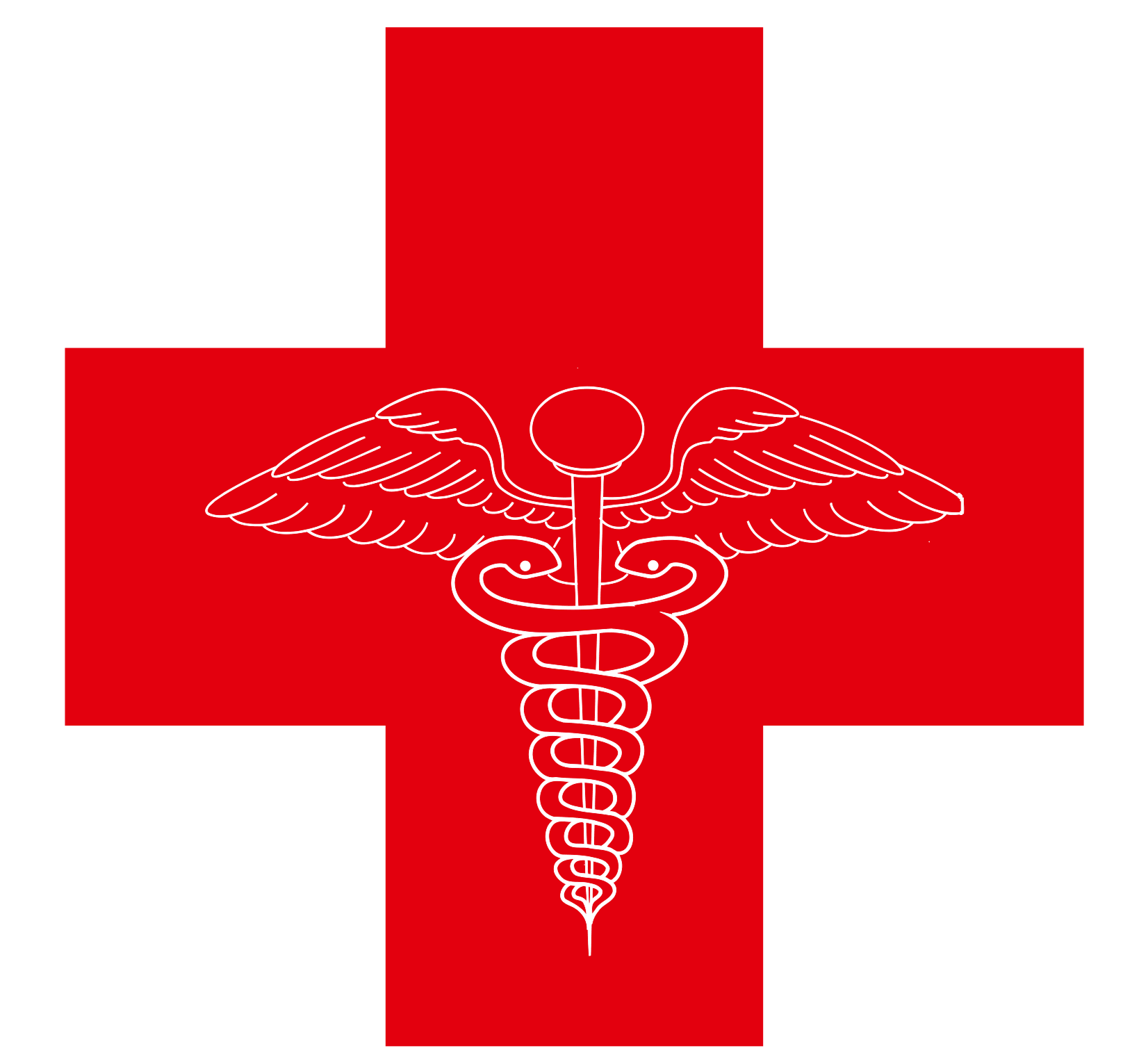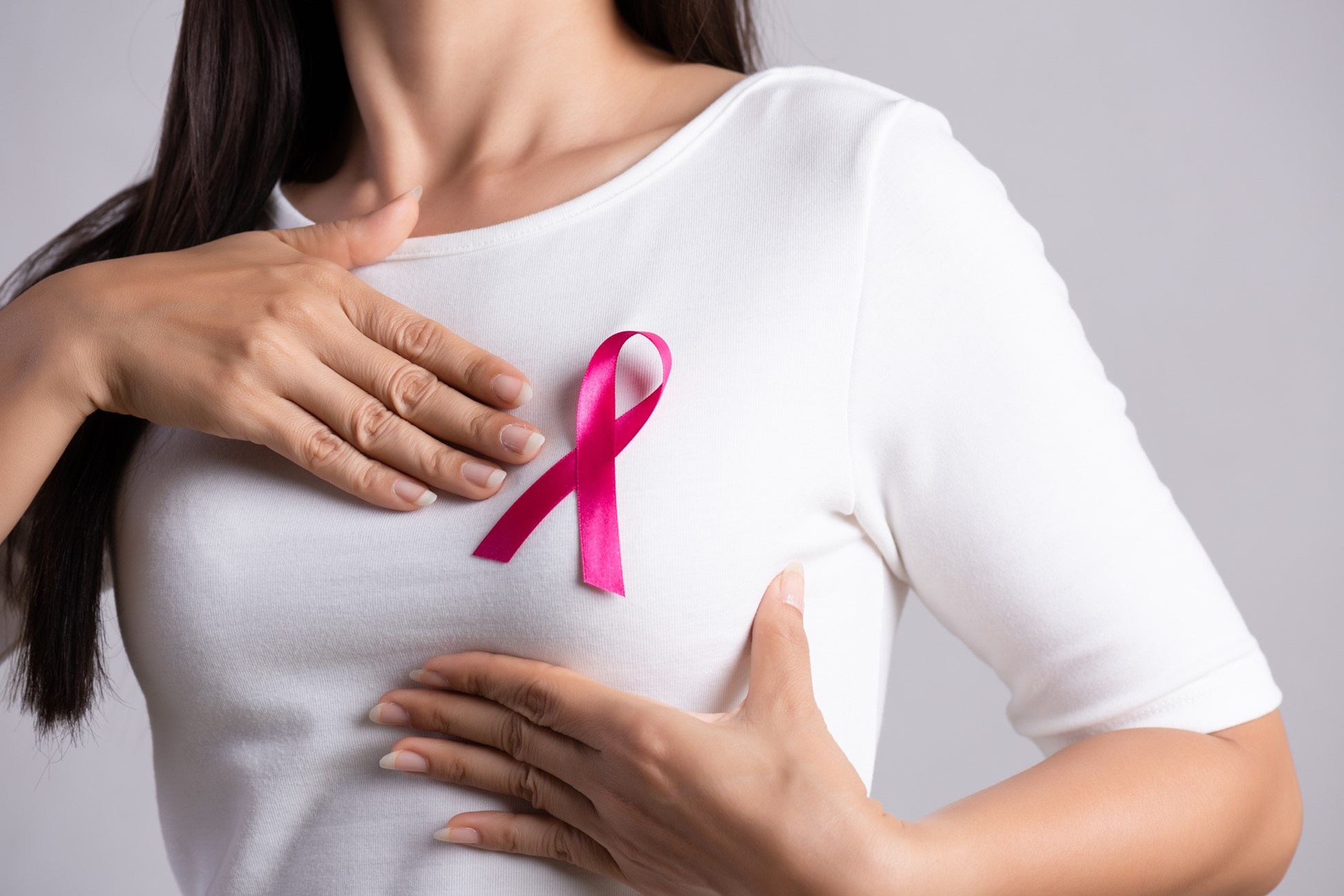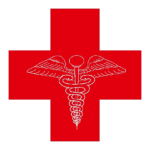Breast cancer is one of the most common cancers affecting women worldwide. However, with advancements in medical technology and early detection, the chances of successful treatment have increased significantly. Understanding the risk factors, symptoms, and treatment options for breast cancer can make a huge difference in early detection and improve the outcomes of treatment. In this blog, we will discuss the basics of breast cancer, how to detect it early, and the steps you can take to reduce your risk.
What is Breast Cancer?
Breast cancer occurs when cells in the breast begin to grow uncontrollably, forming a tumor that can sometimes be felt as a lump. These cancerous cells can invade surrounding tissues and, in some cases, spread to other parts of the body. Breast cancer can develop in both men and women, though it is far more common in women.
There are different types of breast cancer, and they can be classified based on where they start in the breast tissue. The two most common types are:
- Ductal Carcinoma In Situ (DCIS): A non-invasive form of breast cancer where the cancer cells are confined to the ducts and have not spread to surrounding tissue.
- Invasive Ductal Carcinoma (IDC): The most common type of breast cancer, IDC begins in the milk ducts and spreads to nearby tissue.
Other types include invasive lobular carcinoma (ILC) and inflammatory breast cancer, among others. The type and stage of breast cancer play a significant role in determining treatment options.
Risk Factors for Breast Cancer
While breast cancer can affect anyone, certain factors increase the likelihood of developing the disease. Some of the most common risk factors include:
- Age: The risk of breast cancer increases as you get older, especially after age 50.
- Gender: Women are far more likely to develop breast cancer than men, though men can also develop the disease.
- Family History: A family history of breast cancer increases your risk, particularly if a close relative, such as a mother, sister, or daughter, has had the disease.
- Genetics: Certain inherited gene mutations, such as the BRCA1 and BRCA2 genes, increase the risk of breast cancer. Genetic testing can help assess your risk if there is a family history of breast cancer.
- Hormone Replacement Therapy (HRT): Long-term use of hormone replacement therapy for menopause can increase the risk of breast cancer.
- Lifestyle Factors: Obesity, lack of physical activity, and alcohol consumption can increase the risk of developing breast cancer. Maintaining a healthy weight and lifestyle can help lower your risk.
- Personal History of Breast Cancer: If you have had breast cancer in one breast, you are at a higher risk of developing cancer in the other breast.
Symptoms of Breast Cancer
It’s important to know the signs and symptoms of breast cancer so you can detect it early. Common symptoms include:
- A Lump in the Breast: One of the most common signs of breast cancer is a lump that feels different from the surrounding tissue. Lumps can be hard or soft, and they may or may not be painful.
- Changes in the Shape or Size of the Breast: Any noticeable changes, such as swelling, dimpling, or a change in the contour of the breast, should be checked by a doctor.
- Pain: Unexplained pain or tenderness in the breast or nipple area could be a sign of breast cancer.
- Skin Changes: Redness, scaling, or irritation of the skin on the breast or nipple can be a symptom of inflammatory breast cancer, which is a rare but aggressive form of the disease.
- Discharge from the Nipple: Clear or bloody discharge from the nipple, not related to breastfeeding, should be evaluated by a healthcare provider.
If you notice any of these symptoms, it’s important to consult with your healthcare provider as soon as possible for further evaluation.
Early Detection and Screening for Breast Cancer
Early detection is key to successful treatment and improving the chances of survival. There are several ways to detect breast cancer early:
- Self-Examination: Regularly checking your breasts for changes is an important way to catch potential issues early. While a self-examination can’t replace professional screenings, it’s a simple step that allows you to become familiar with how your breasts normally feel. Any changes should be reported to a healthcare provider.
- Mammograms: A mammogram is an X-ray of the breast and is the most common method of screening for breast cancer. It can detect tumors that are too small to be felt, making it a critical tool for early detection. Women over the age of 40 are generally recommended to have a mammogram every 1-2 years, though this may vary based on individual risk factors.
- Ultrasound and MRI: In some cases, ultrasound or MRI may be recommended to get a more detailed view of a lump or abnormality detected during a mammogram.
- Biopsy: If a lump or abnormality is detected, a biopsy may be necessary to determine if the tissue is cancerous. This involves removing a small sample of tissue from the suspicious area for testing.
Treatment Options for Breast Cancer
Treatment for breast cancer depends on the type, stage, and grade of the cancer, as well as the patient’s overall health. The most common treatment options include:
- Surgery: Surgery is often the first line of treatment for breast cancer. It may involve removing the tumor or, in some cases, removing the entire breast (mastectomy).
- Chemotherapy: Chemotherapy uses powerful drugs to kill cancer cells or stop them from growing. It is often used after surgery to target any remaining cancer cells.
- Radiation Therapy: Radiation uses high-energy beams to target and kill cancer cells. It is often used after surgery to destroy any remaining cancer cells in the breast or surrounding tissues.
- Hormone Therapy: Some types of breast cancer are fueled by hormones like estrogen. Hormone therapy blocks or reduces the effects of these hormones to slow the growth of cancer cells.
- Targeted Therapy: This therapy uses drugs that specifically target cancer cells without harming normal cells. It is often used for cancers with specific genetic mutations.
- Immunotherapy: This newer treatment option uses the body’s immune system to fight cancer cells.
Prevention and Lifestyle Changes
While you can’t eliminate the risk of breast cancer entirely, there are steps you can take to reduce your risk:
- Maintain a Healthy Weight: Keeping a healthy weight through a balanced diet and regular exercise can help lower your risk of breast cancer.
- Limit Alcohol Consumption: Drinking alcohol increases the risk of breast cancer, so limiting intake or avoiding it altogether can be beneficial.
- Regular Screenings: As mentioned earlier, regular mammograms and self-examinations are crucial for early detection.
- Healthy Diet: Eating a diet rich in fruits, vegetables, and lean proteins can support overall health and reduce the risk of cancer.
Conclusion
Breast cancer may be a daunting diagnosis, but with early detection, proper treatment, and lifestyle changes, the prognosis has significantly improved. Regular screenings, self-exams, and a healthy lifestyle can help reduce the risk and ensure that any potential issues are caught early.
Consult with Basavanagudi Medical Centre today! If you have concerns about your breast health, are due for a screening, or need treatment for any symptoms, our expert team is here to help. Schedule your appointment today and take the first step toward maintaining your breast health with the highest standard of care!




